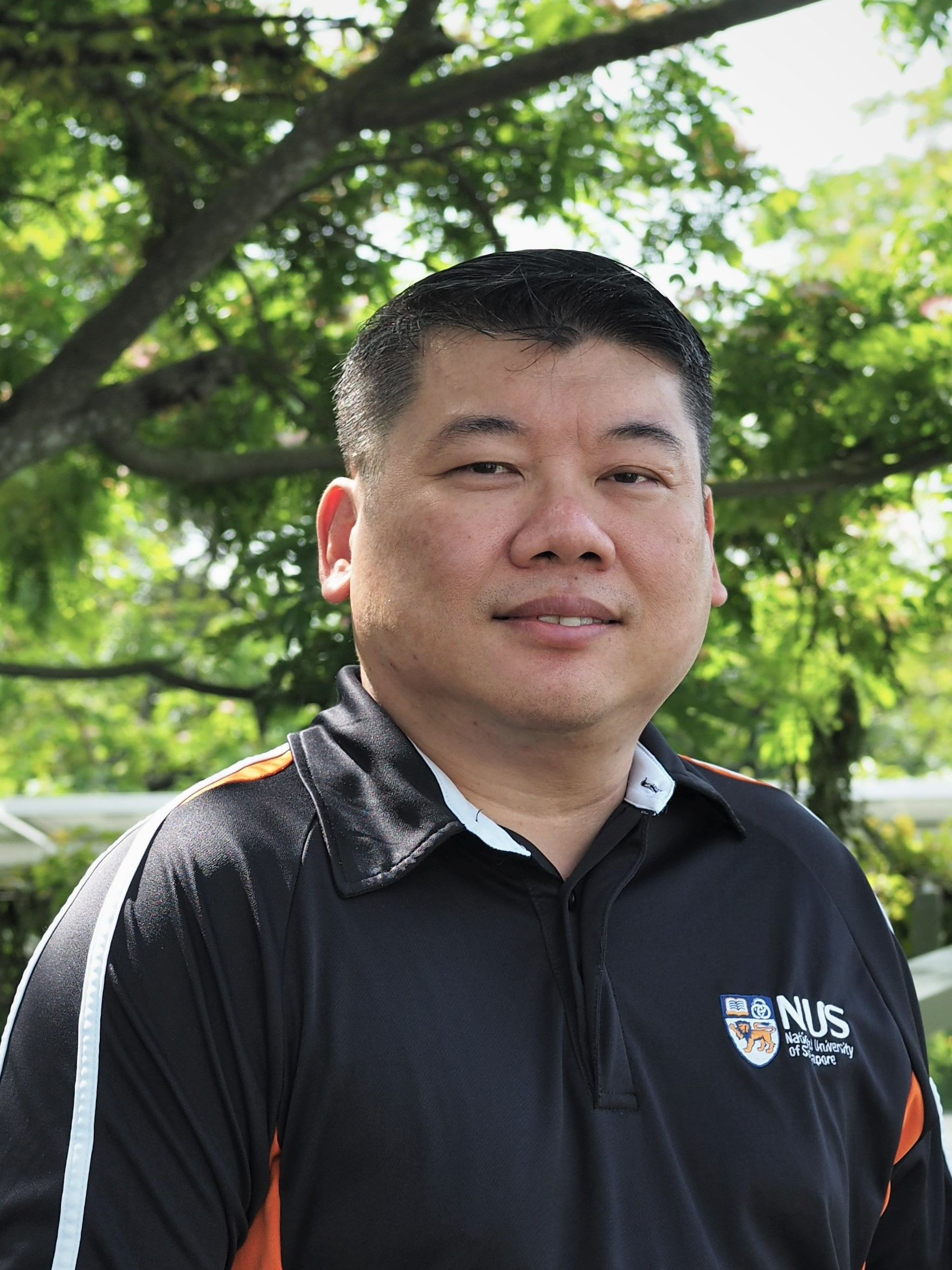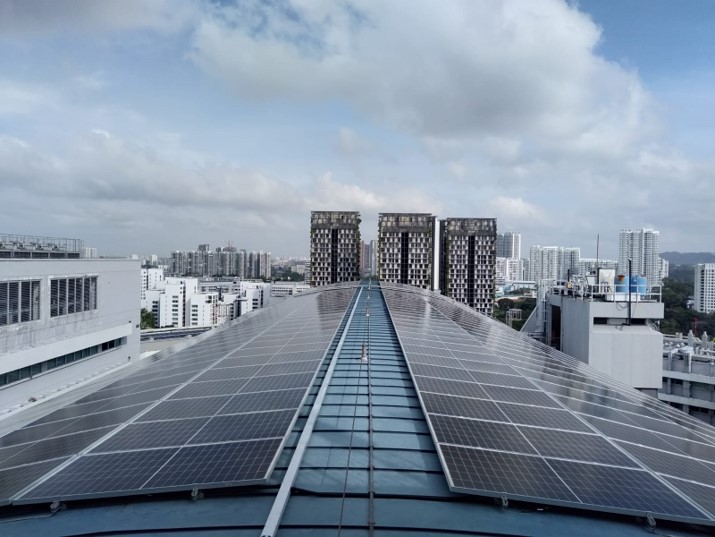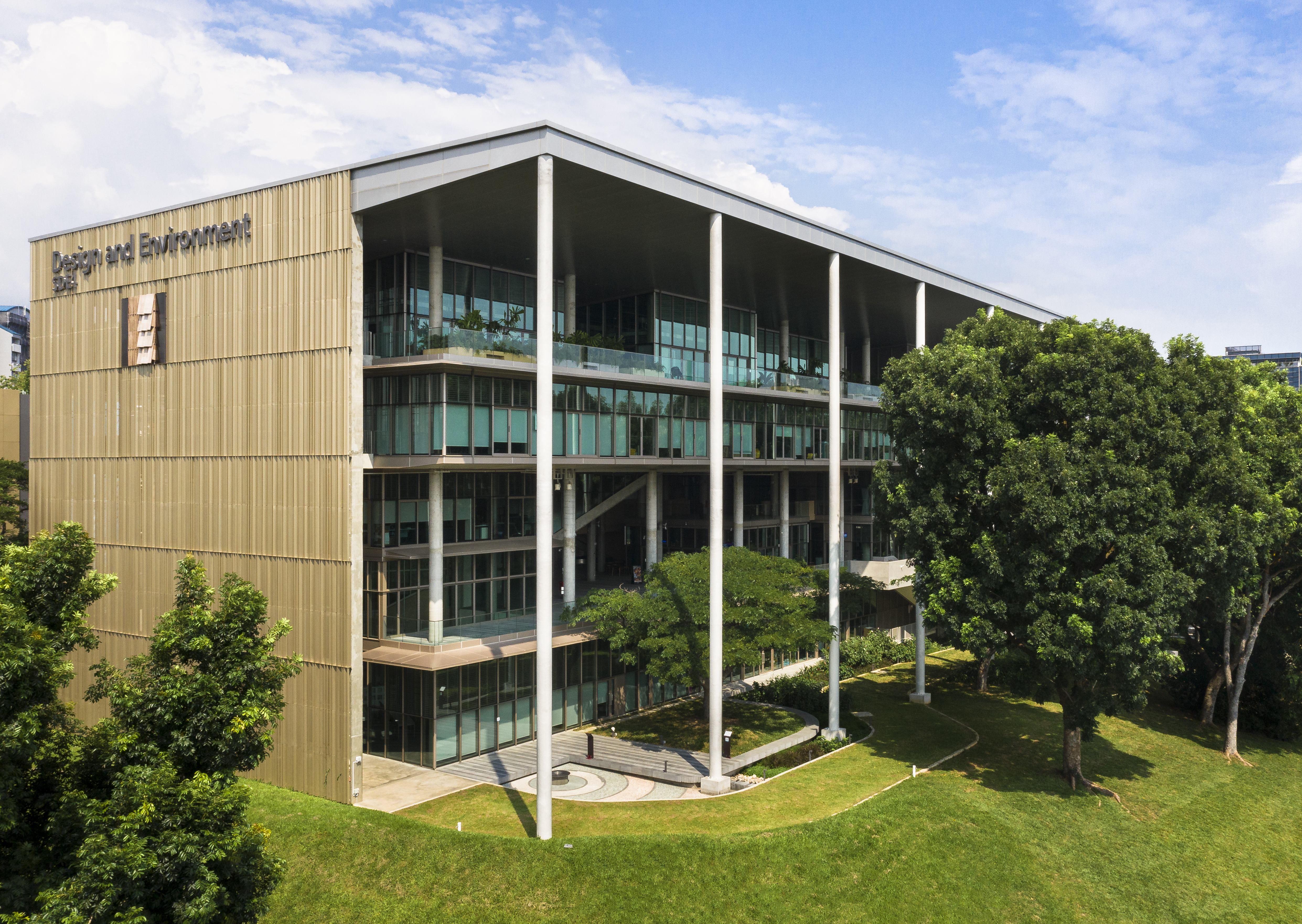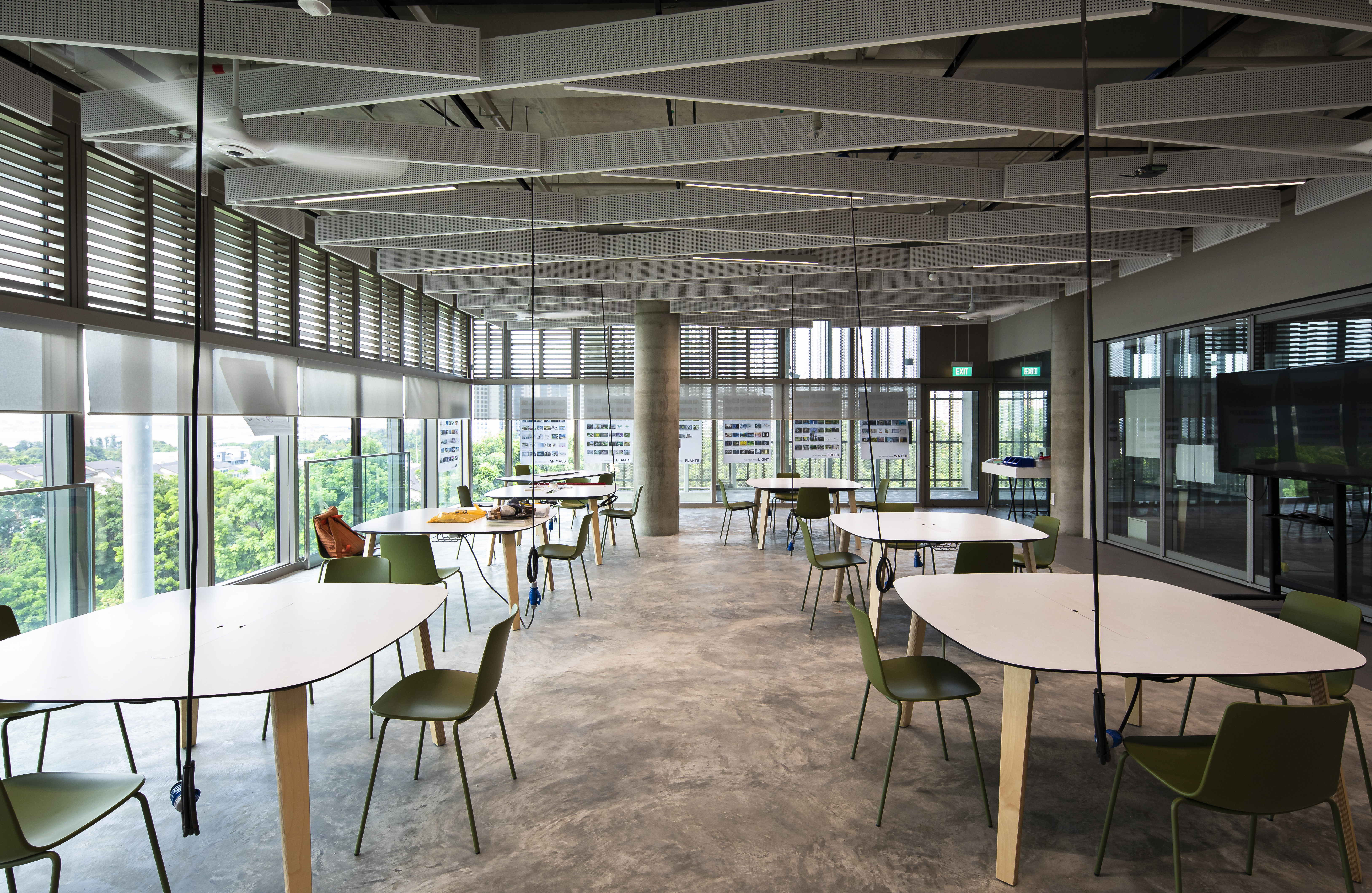When the National University of Singapore (NUS) embarked on a campus-wide project to install solar photovoltaic (PV) panels on its building rooftops, it ran into an unexpected problem: faculty members competing for roof space.
While roof space is usually underutilised elsewhere, there is high demand for this limited resource in NUS to facilitate various research work and test-bedding initiatives.
“Sometimes we have to explain and seek collective support from researchers and faculty members to prioritise rooftop space utilisation for our solar PV project in the greater interest of the campus at large,” said Mr Lincoln Teo, Head of Campus Asset Management at NUS.
|
|
 Mr Lincoln Teo, Head of Campus Asset Management at NUS. Credit: NUS Mr Lincoln Teo, Head of Campus Asset Management at NUS. Credit: NUS
|
|
The solar PV project is part of the University’s Green Mark (GM) certification journey, which began in 2009 when the government required existing buildings with more than 10,000m2 of air-conditioned gross floor area to attain GM GoldPlus rating by 2020. To achieve this, each building would require a Green Mark score of 90 or higher, which is tabulated according to energy efficiency and other green requirements.
Subsequently, a Built Environment Taskforce was set up in 2015 as part of the NUS Sustainability Steering Committee, to better incorporate sustainability features into the design and construction of new buildings on campus.
Currently, 64.7 per cent of the University’s total Gross Floor Area (GFA) is rated GM Gold or above. This equates to more than 50 buildings in NUS – exceeding the university’s target of having 40 GM-certified buildings by 2020.
For its green efforts, NUS won the coveted Green Mark Platinum Champion Award in 2021, the top accolade for green buildings given by the Building and Construction Authority (BCA).
Forging ahead, NUS aims to increase its solar capacity to about 9 MWp across over 50 buildings on campus by first quarter of 2023, representing 5 per cent of its total energy consumption.
|
|
 Solar PV panels installed on the roof of NUS Faculty of Engineering’s Block E2. Credit: NUS Solar PV panels installed on the roof of NUS Faculty of Engineering’s Block E2. Credit: NUS
|
|
HITTING THE ZERO-ENERGY MARK
In its bid to achieve a carbon-neutral campus by 2030, NUS has adopted a combination of sustainable design and construction strategies for its buildings.
A hallmark of the university’s green efforts in this regard is the NUS School of Design and Environment 4 Building (SDE4). It was completed in 2019 and became the first building in Southeast Asia to attain the Zero Energy Certification by the Seattle-based International Living Future Institute. It also clinched the Green Mark Platinum Zero Energy certification from the BCA.
|
|
 NUS School of Design and Environment 4 Building (SDE4). Credit: NUS NUS School of Design and Environment 4 Building (SDE4). Credit: NUS
|
|
Active energy-saving features incorporated in SDE 4 include solar PV installations, hybrid cooling systems and motion sensor LED lighting. Specifically, SDE4 is equipped with more than 1,200 solar panels generating up to 500MWh of energy. It also has a hybrid cooling system supplying 100 per cent fresh, pre-cooled air, supplemented with ceiling fans to elevate airspeed.
In addition, passive energy-saving design features were also incorporated by way of a large overhanging roof to offer more shade to the interior while a porous layout results in better ventilation for a cool and comfortable environment. This reduces the need for air-conditioning.
|
|
 NUS SDE4’s Archi Studio uses a hybrid cooling system where 100 per cent fresh, pre-cooled air is supplied to the space, supplemented with ceiling fans to elevate airspeed. The façade is also porous to facilitate passive cooling from the environment in cooler weather. Credit: NUS NUS SDE4’s Archi Studio uses a hybrid cooling system where 100 per cent fresh, pre-cooled air is supplied to the space, supplemented with ceiling fans to elevate airspeed. The façade is also porous to facilitate passive cooling from the environment in cooler weather. Credit: NUS
|
|
The building has, in fact, exceeded its net-zero targets by achieving net-positive energy – which means it produces more energy than it consumes. In January 2020, SDE4 generated more than 500MWh energy for the campus micro-grid, the result of sustained efforts by school management and occupants to consume energy carefully.
Other buildings such as the Faculty of Engineering Block E2A and The Frontier also incorporate design features that contributed to a cut in energy use by more than 50 per cent.
Currently, NUS has a total of two Zero Energy buildings and eight Super Low-Energy (SLE) buildings.
GOING GREEN: BRIMMING WITH OPPORTUNITIES
Moving forward, NUS hopes to use the campus as a test-bed for innovation and research sustainable solutions to push the frontier.
For example, SDE4 functions as a living lab to allow test-bedding of active and passive design strategies that are able to develop a Zero Energy building. Across its gross floor area of 8,514sqm are research laboratories such as a Green Building Technologies Lab and test-bedding facade.
The university has also gone beyond the Built Environment sector to collaborate with private entities like transport company ComfortDelGro to electrify all its shuttle bus services. An initiative to plant 100,000 trees to sequester carbon and improve outdoor thermal comfort will also further reduce thecampus carbon footprint.
These efforts complement sustainability-related work in the built environment, which will hopefully combat climate change and offer many new career opportunities.
“I think the future for this sector is very bright, given the climate change challenges we're facing globally,” said Mr Teo.
“There is a strong drive to look for more innovative ways to tackle climate issues and to ensure that our future generations can continue to enjoy all that our Mother Earth has to offer in a sustainable manner.”